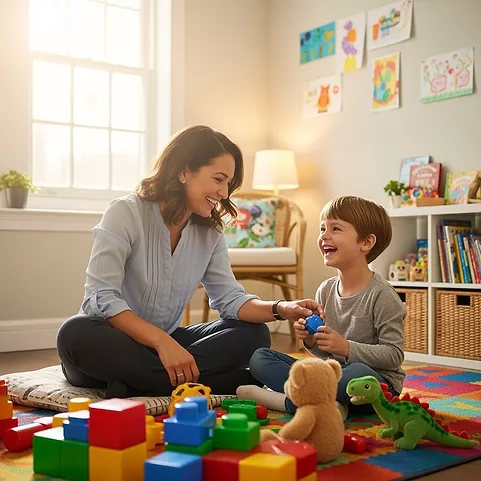Child Psychiatry
Is Frequency a Good Indicator of Problem Drinking in Adolescents?
Editor-in-Chief, Caroline Fisher, PhD, MD
Read More
Do Medications Boost Academic Achievement in Children with ADHD?
Editor-in-Chief, Caroline Fisher, PhD, MD
Read More
CLINICAL UPDATE
What You Need to Know About Callous-Unemotional Traits and Disruptive Behavioral Disorders
Jennifer Harris, MD
Read More

_-The-Breakthrough-Antipsychotic-That-Could-Change-Everything.webp?t=1729528747)



